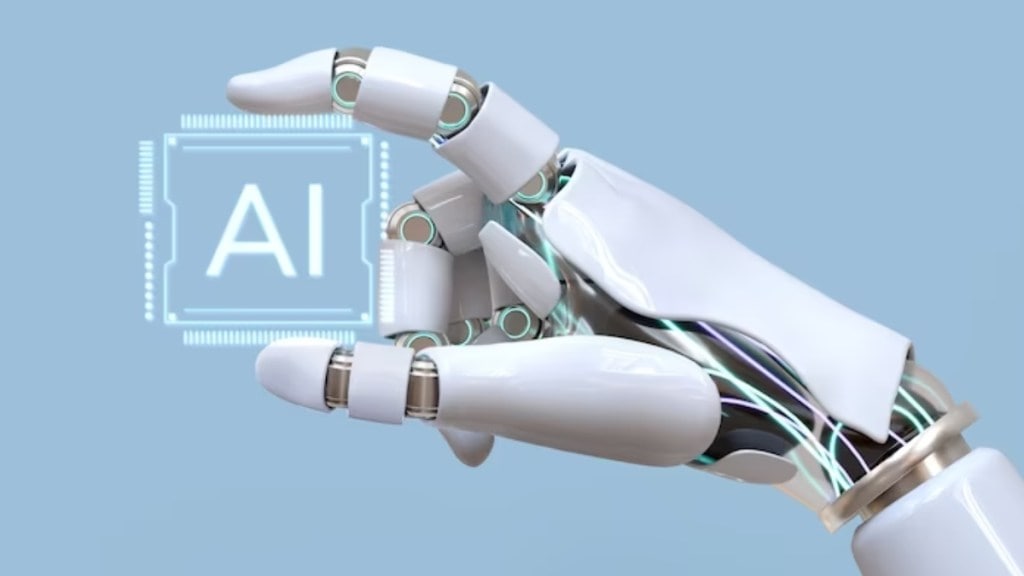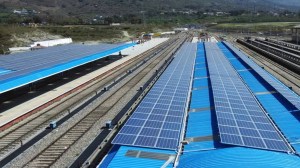By Hemant Tiwari
As the technological landscape continues to evolve, 2024 promises to be a pivotal year marked by a convergence of trends reshaping the way businesses operate and interact with their digital environments. From the symbiotic relationship between artificial intelligence (AI) and cloud computing to the transformative force of edge analytics, sustainability initiatives, and emerging technologies, here’s an overview of the key trends shaping the tech landscape in the coming year.
1. The Dynamic Duo: AI and Cloud Computing
The surge in AI adoption has become a catalyst for reshaping the cloud computing market, with specialized infrastructures catering to computational giants like (LLMs) large language models. This adaptation democratizes AI, lowering entry barriers for businesses of all sizes.
In 2024, trends focus on enhancing data infrastructure and fortifying cyber defences to meet doubling data needs by 2025. Quantum computing gains prominence, potentially offering solutions via cloud platforms. A heightened focus on cloud-native security features, including zero-trust architectures and AI-driven threat detection, sets the stage for efficient, integrated, and secure cloud ecosystems.
Emerging sectors in cloud computing are marked by the evolution of edge computing, addressing security concerns and enhancing energy efficiency. Cloud providers offer advanced AI-driven services, projecting a market worth $14.7 billion by 2024.
2. Sustainability: Data Centers Leading the Charge
While business leaders have recognized the significance of sustainable data centers, with a 2023 Hitachi Vantara Data Infrastructure Sustainability Survey revealing that 60% of IT business leaders and C-suite executives consider creating eco-friendly data centers a top priority for their organizations.
Sustainability will take centre stage in 2024, with data centres at the forefront of eco-friendly initiatives. Advanced AI systems forecast usage and optimize workloads, reducing energy consumption. Prioritizing greener, sustainable systems, a focus on data storage and software development practices ensures environmentally friendly and cost-effective applications.
3. A Unified Data Ecosystem: Major Architectural Overhaul
Emerging technologies like generative AI have significantly intensified the explosion of data. To the extent that a majority of business leaders expect data storage needs to double by 2025, according to 2023 Hitachi Vantara’s Data Infrastructure Dynamics Report. In addition, the surge of sprawled environments creating siloed data is exacerbating the strain on existing infrastructure, with 76% of surveyed business leaders expressing concerns that their current infrastructure will be unable to scale to meet impending demands.
Today’s enterprises recognize the imperative of managing data across storage environments and minimizing compromise and complexity to remain competitive. In 2024, we anticipate a major architectural overhaul – a unified data ecosystem that allows seamless integration into existing infrastructure to address all environments with simplicity and scale across diverse applications. One data platform to manage all applications will enable complete visibility and interoperability of enterprise data to unlock deeper insights faster and respond to market needs quickly.
4. Convergence of IoT, Data and AI
Edge computing softens the impact of the IoT data explosion by refining data locally, making it more manageable. The convergence of IoT, data, and AI raises the need for domain expertise for accuracy and traceability in applications.
IoT devices will continue to proliferate, with wireless deployment becoming more prevalent. This wireless trend, coupled with the rise of 5G, will reduce the need for external power sources. The infusion of AI into the workforce is expected to reverse the outsourcing trend, providing an alternative to workforce augmentation and fostering faster skill development.
Plentiful IoT devices, coupled with AI, will blur the lines between the real and virtual worlds. The deployment of billions of IoT devices will provide an unprecedented ability to ingest real-world data, with AI making sense of the complex web of data in real time.
5. GenAI Captures Knowledge and Drives Innovation
AI applications, driven by GenAI, will start exhibiting apparent empathy by reflecting real-time data flows. Additionally, GenAI is positioned to capture tribal knowledge within companies, preserving institutional knowledge and facilitating knowledge transfer to new hires.
Costs and shortages drive a shift towards alternative AI accelerators, especially with new businesses entering the market. The democratization of digital technology, exemplified by ChatGPT’s no-code approach to AI, is expected to create a new generation of use cases, driving innovation in unforeseen directions.
In 2024, the technology landscape is intricate, intertwining AI, cloud computing, sustainability, and emerging technologies. Navigating these trends requires crucial integration of edge computing, sustainability practices, and a unified data ecosystem for efficient, secure digital ecosystems. The convergence of IoT, data, and AI leads to unprecedented innovation, reshaping business operations in a rapidly evolving digital environment.
The author is managing director, Hitachi Vantara India









